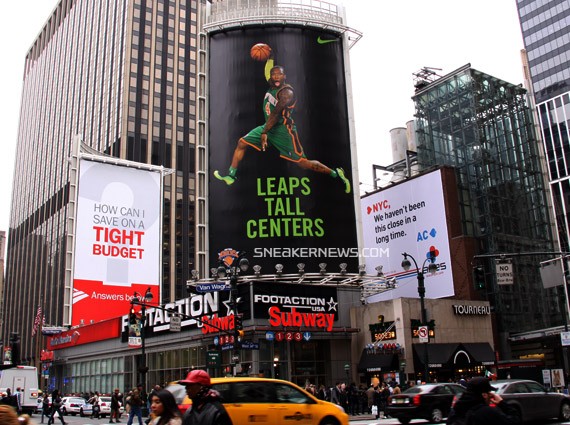Personally, magnetic bacon tops my list. Happy Friday.



So I decided to take Eddy up on his challenge to model the volume of oil spilled in the Gulf of Mexico by the BP disaster because it was just announced that the actual oil spilled may now be double the original estimates. Reuters says that approximately 2 million barrels may have leaked since the event on April 20.
 2 million barrels =
2 million barrels =
84 million gallons/317 million litres =
415,895 cubic yards/317,975 cubic meters
How big is that? I started to build some masses in Revit to visualize this volume. First, I used an American NFL football field (160’ x 300’ – end zones excluded). The mass would be about 234 feet (71.3 m) tall. I then linked in a model of the Lever House office building (SOM) in New York. If I modeled a mass based on the footprint of the tower, the oil spill volume would be almost 1,400 feet (426 m) tall!
Here’s a link to download a 3D DWF file of this model to explore the scope of this disaster on your own.
Writer and theorist Patrik Schumacher, partner at Zaha Hadid Architects, contributed a fascinating commentary in the latest East Coast issue of The Architect’s Newspaper entitled “What Style is That?” Unfortunately the article has not appeared on the newspaper’s website, but if it does I will update this post. (The original essay appeared in The Architects’ Journal in May 2010.)
The term “parametricism” was first enunciated at the 11th Architecture Biennale in Venice and has since been gaining momentum. In the Arch Paper commentary, Schumacher gives an updated version of the Parametricist Manifesto. Here are a few excerpts…
“Parametricism offers a new approach to architecture on the basis of advanced computational design tools and techniques…” and as a style is “marked by its aims, ambitions, methodological principles, and evaluative criteria, as well as by its characteristic formal repertoire.”
“The concept of style has long been losing ground within architectural discourse. And the reassertion of the concept as a valid and productive category calls for a conceptual reconstruction in terms that are intellectually credible today. What stands in the way of such a reconstruction is the tendency to regard styles merely as a matter of appearance, as well as the related tendency to confuse styles with short-lived fashions.”
Schumacher proposes that “architectural styles are best understood as design research programs conceived in the way that paradigms frame scientific research programs. Thus, a new style in architecture is akin to a new paradigm in science: It redefines the fundamental categories, purposes, methods, and innovative course of a coherent collective endeavor.”
“As a conceptual definition of parametricism one might offer the following formula: Parametricism implies that all architectural elements are parametrically malleable. This implies a fundamental ontological shift. Instead of the classical and modern reliance on ideal, hermetic, or rigid geometrical figures – straight lines, rectangles, cylinders, etc. – the new primitives of parametricism are animate, dynamic, and interactive entities – splines, nurbs, and subdivs – that act as building blocks for dynamic systems like ‘hair,’ ‘cloth,’ ‘blobs,’ and ‘metaballs’ that can be made to resonate with each other via scripts.”
As this movement/style gains even further momentum (see current projects in Kuwait, Dubai and Abu Dhabi), will we start to see more requests from clients to design them a “parametricist” building? Food for thought… Do yourself a favor and get a copy of the East Coast June 2, 2010 edition of The Architect’s Newspaper to read the complete article. Original version of this essay and the images above appeared in The Architects’ Journal in May 2010.

 Volume makes things harder to comprehend mainly because 51% of the industry is still using CAD. So, a football field (l x w) x 80' deep is something that you could make with the Revit massing tool, but even when you zoom out, it looks small.
Volume makes things harder to comprehend mainly because 51% of the industry is still using CAD. So, a football field (l x w) x 80' deep is something that you could make with the Revit massing tool, but even when you zoom out, it looks small.